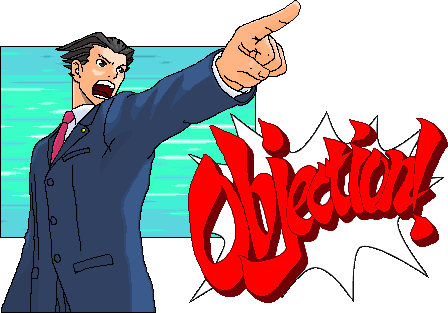Objections to
Censorship
Throughout
history, and in current times there have been many objections to the reasoning’s
of censoring particular items. From the research it has always been a case of a
difference of opinion. Below are a couple of items that demonstrate a
difference of opinion and how things can be changed because of it.
Crowe v Graham and Others (1986)
After a
publication of 2 magazines in Sydney, Censor and Obscenity which depicted allegedly
obscene works and contained risqué jokes and photographs of female nudes, the authors
of this publication were found guilty of breaching the New South Wales Obscene
and Indecent Publications Act 1901-1955. At that time there was only a common
law test of obscenity, which had been in place since 1868. After the
conviction, which saw them fined $20.00 each. Graham and Others later filed for
an appeal of this conviction relating to wording in the act that may not
necessarily apply. After this case the High Court of Australia replaced, the
common law test of obscenity “tendency to deprave and corrupt”, with a
community standards test “whether materials offends against contemporary
community standards, or the modesty of the average man.” (Crowe v Graham (1968)).
This adjustment to Act related to all published materials, including books.
Luv Ya Bunches by Lauren Myracle
Scholastic a well
known publisher of and distributor of children’s books in the world, more
recently had decided to censor the book Luv Ya Bunches in 2009, as it was about
a girl, with two mothers. They had
originally declined publishing the books as they considered it offensive and inappropriate
for children. A Gay Rights Petition was commenced against Scholastic to stop
the censoring of gay books the organisation Change.org received over 4,000
signed petitions with Scholastic overturning their decision of the book Luv Ya
Bunches, allowing it to be published and included in their spring 2010 Book
Fair. Afterwards, Scholastic informed that a reason for the consideration of
censoring the books was that they wanted to avoid receiving complaints from
anti-gay parents.
Reflection of
Research:
For this blog
post I used basis material from my last post where I had discovered the Crowe v
Graham case, I then further researched it to find out what the case was about
and what had actually occurred to enable a change to the Act. I then used
general internet search techniques to find information on another book that had
been censored but later overturned due to the demand of the people. This was an
interesting post to research and it demonstrated to me the differences in people’s
opinions on what should and should not be censored.
References:
History
of censorship and classification in Australia 2012, Parliament of Australia, viewed 29 April 2012, <
http://www.aph.gov.au/Parliamentary_Business/Committees/Senate_Committees?url=legcon_ctte/classification_board/report/c02.htm>.
Fox, R.G 1969,
Obscenity and indecency : Interpretation
of the Obscene and Indecent Publications Act 1901 – 1955 (N.S.W.), Adelaide
Digital Library, viewed 06 May 2012, <http://digital.library.adelaide.edu.au/dspace/bitstream/2440/24769/1/alr_V3n3_1969_FoxObsCaseComm.pdf>.
Change.org
2009, Tell Scholastic to stop censoring gay friendly books, Change.org, viewed
06 May 2012, <http://www.change.org/petitions/tell-scholastic-to-stop-censoring-gay-friendly-books>.
Scholastic
2012, viewed 06 May2012, <http://www.scholastic.com.au/>.


sabung adu ayam pisau filipina
ReplyDelete